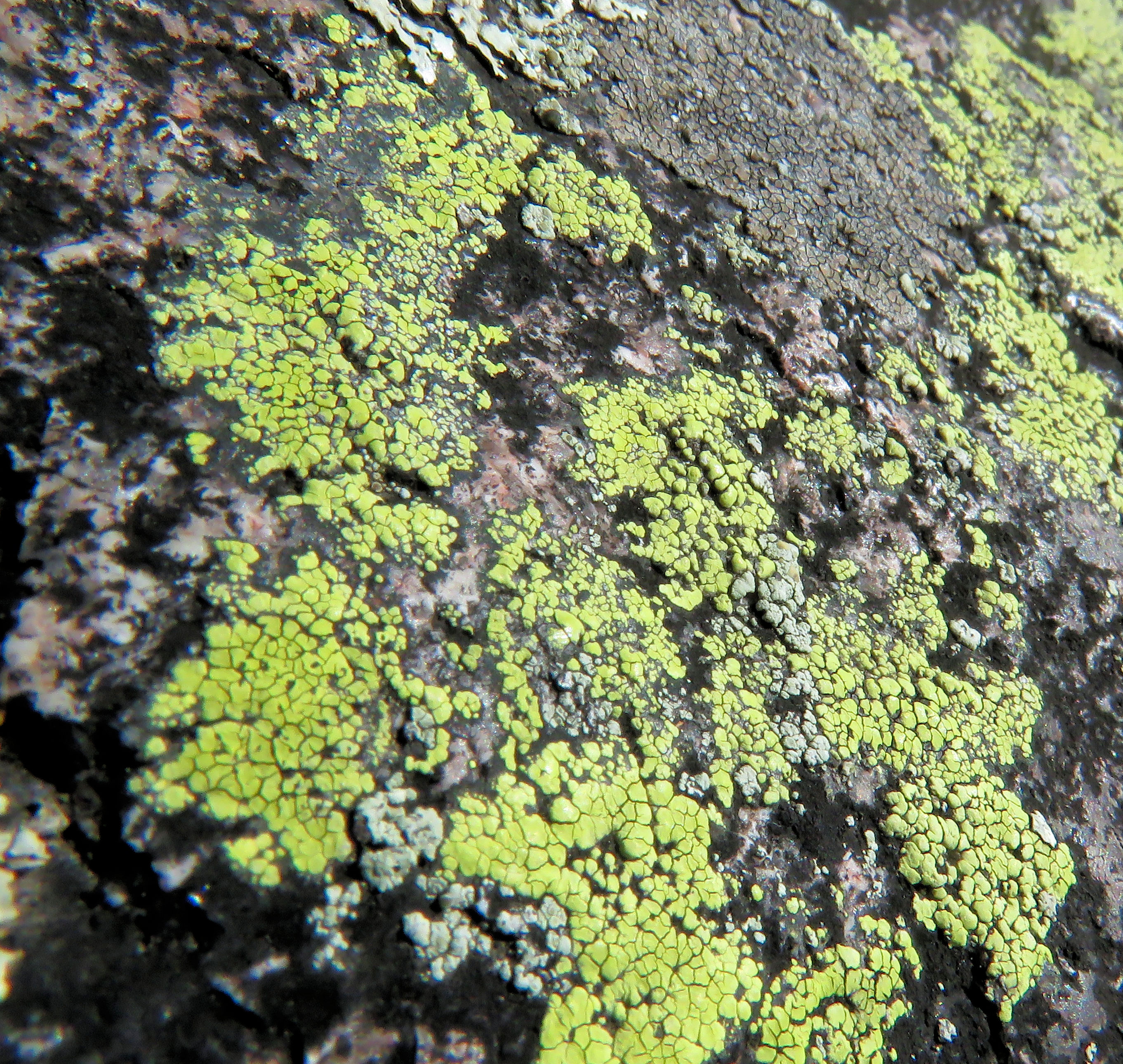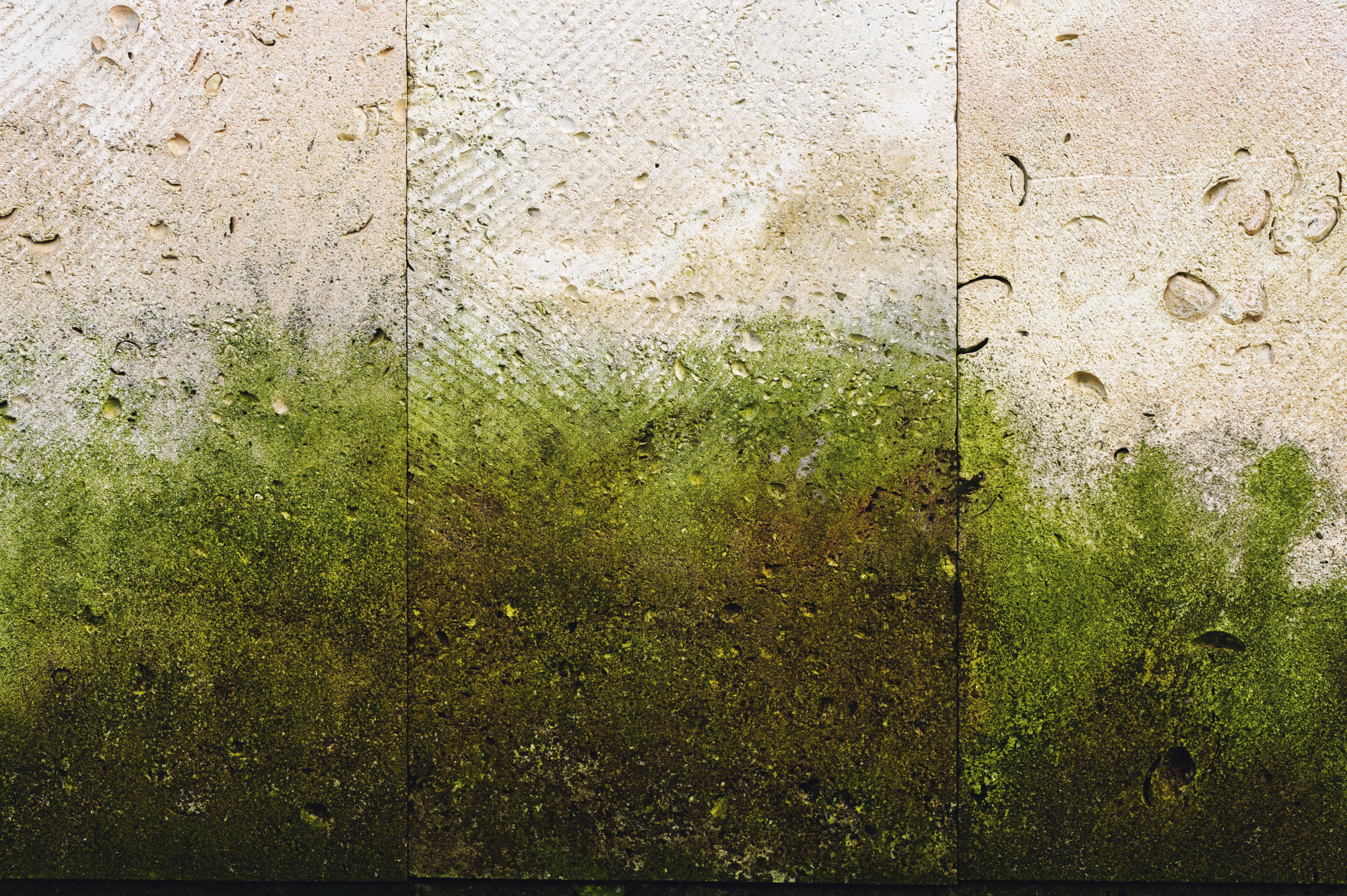Identifying Green Mold in Your Bedroom

Green mold, a common type of mold found in homes, can be a significant health hazard, especially in bedrooms where you spend a considerable amount of time. Recognizing green mold in your bedroom is crucial for taking timely action to address the problem and prevent its spread.
Appearance of Green Mold
Green mold typically appears as fuzzy, velvety patches that range in color from pale green to dark olive green. It can grow on various surfaces, including walls, ceilings, furniture, carpets, and even clothing.
Typical Locations of Green Mold in a Bedroom
Green mold often thrives in damp, humid environments. In bedrooms, common locations for green mold growth include:
- Around windows and doors, where condensation can accumulate.
- Underneath furniture, especially if it’s placed against a wall or in a poorly ventilated area.
- In closets and drawers, where humidity can build up due to inadequate ventilation.
- On the walls and ceilings, particularly in areas with water damage or leaks.
Differentiating Green Mold from Other Types of Mold
While green mold is the most common type, other molds can also appear in bedrooms. Identifying the specific type of mold can help determine the best course of action for removal.
Here’s a comparison of green mold with other types of mold, along with visual examples:
- Black Mold (Stachybotrys chartarum): Black mold, often mistaken for green mold, is typically darker in color and has a slimy, rubbery texture. It often appears in dark, damp areas and has a distinct musty odor.
- White Mold (Cladosporium): White mold can appear as a powdery white or grayish-white growth on surfaces. It is commonly found in damp areas and has a musty smell.
- Pink Mold (Aureobasidium pullulans): Pink mold is characterized by its distinctive pink or reddish-pink color. It is commonly found on surfaces that are exposed to moisture, such as walls, floors, and even bathroom fixtures.
Differentiating Mold from Mildew
While mold and mildew are often used interchangeably, they are distinct organisms. Mold is a fungus that grows in colonies and has a fuzzy appearance, while mildew is a type of mold that grows on the surface of materials and typically has a powdery texture.
Here are some key differences:
- Appearance: Mold is typically fuzzy and velvety, while mildew is powdery and can appear in various colors, including white, gray, and black.
- Texture: Mold has a soft, fuzzy texture, while mildew has a powdery, dry texture.
- Location: Mold can grow on various surfaces, while mildew is more common on surfaces that are exposed to moisture, such as walls, ceilings, and bathrooms.
- Odor: Mold often has a musty or earthy odor, while mildew has a distinct sweet or sour odor.
Causes of Green Mold Growth in Bedrooms

Green mold thrives in damp environments, and bedrooms, often considered havens of comfort and relaxation, can unfortunately become breeding grounds for this unwelcome guest. Understanding the factors that contribute to mold growth in bedrooms is crucial for preventing its occurrence and maintaining a healthy living space.
Humidity and Moisture
High humidity levels provide an ideal environment for mold to flourish. Mold spores are ubiquitous in the air, and when they land on damp surfaces, they germinate and start to grow. Bedrooms, with their enclosed spaces and often-limited ventilation, can trap moisture, increasing the risk of mold growth.
Potential Sources of Moisture in Bedrooms
- Leaky pipes: Leaking pipes can introduce significant amounts of moisture into a bedroom, creating a favorable environment for mold growth. Even a small leak can lead to significant damage over time.
- Condensation: Condensation occurs when warm, moist air comes into contact with a cold surface, such as a window or wall. In bedrooms, condensation can form on windows during cold weather, particularly if there is poor ventilation. This moisture can then provide a breeding ground for mold.
- Inadequate drainage: If the drainage around a bedroom is inadequate, water can accumulate, creating a damp environment that encourages mold growth. This can occur due to faulty gutters, downspouts, or poor landscaping.
- Water damage: Water damage from flooding, leaks, or spills can create a breeding ground for mold. If water damage is not addressed promptly and thoroughly, mold can quickly spread and become a serious problem.
- Excess humidity from human activity: Human activities, such as showering, cooking, and even breathing, release moisture into the air. In bedrooms, this moisture can accumulate, especially if there is poor ventilation.
Poor Ventilation, Green mould in bedroom
Poor ventilation plays a significant role in mold growth. When air cannot circulate freely, moisture becomes trapped, creating a damp environment that is conducive to mold growth. Ventilation allows moisture to evaporate, reducing the risk of mold.
“Poor ventilation can lead to an increase in relative humidity, which is a major factor in mold growth.”
- Closed windows: Keeping windows closed for extended periods can trap moisture, increasing humidity levels. It is important to open windows regularly to allow fresh air to circulate and reduce moisture buildup.
- Insufficient exhaust fans: Exhaust fans in bathrooms and kitchens are essential for removing moisture from the air. If these fans are not working properly or are not used regularly, moisture can accumulate and lead to mold growth.
- Lack of air circulation: Even with open windows, poor air circulation can still trap moisture. Furniture placement, curtains, and other obstacles can hinder airflow, creating stagnant areas where moisture can accumulate.
Health Risks Associated with Green Mold: Green Mould In Bedroom

Green mold, a common type of mold found in damp environments, can pose significant health risks, especially for individuals with pre-existing health conditions. Exposure to green mold can trigger a range of adverse effects, from respiratory problems and allergies to skin irritations. Understanding the potential health risks associated with green mold is crucial for taking necessary steps to prevent its growth and protect your health.
Respiratory Problems
Exposure to green mold spores can trigger various respiratory problems, particularly in individuals with pre-existing conditions like asthma or allergies. Mold spores, when inhaled, can irritate the lungs and airways, leading to:
- Coughing: Mold spores can irritate the airways, leading to persistent coughing.
- Wheezing: Mold spores can trigger bronchospasm, causing a whistling sound during breathing.
- Shortness of breath: Mold spores can cause inflammation and swelling in the airways, making it difficult to breathe.
- Chest tightness: Mold spores can constrict the airways, leading to a feeling of tightness in the chest.
Allergies
Green mold can also trigger allergic reactions in susceptible individuals. Mold spores are potent allergens, and exposure can cause a range of symptoms, including:
- Sneezing: Mold spores can irritate the nasal passages, leading to frequent sneezing.
- Runny nose: Mold spores can cause inflammation and mucus production in the nasal passages.
- Itchy eyes: Mold spores can trigger allergic conjunctivitis, causing itchy and watery eyes.
- Skin rash: Mold spores can cause allergic contact dermatitis, resulting in a red, itchy rash.
Skin Irritations
Direct contact with green mold can cause skin irritations, particularly in individuals with sensitive skin. The mold spores and mycotoxins produced by green mold can trigger:
- Redness: Mold spores can cause inflammation and redness on the skin.
- Itching: Mold spores can trigger allergic reactions, leading to itching and discomfort.
- Rash: Mold spores can cause allergic contact dermatitis, resulting in a red, itchy rash.
Specific Types of Green Mold with Higher Health Risks
Certain types of green mold are known to pose higher health risks due to the production of potent mycotoxins.
- Aspergillus: This genus of mold is commonly found indoors and outdoors. Some species, such as Aspergillus fumigatus, produce aflatoxins, which are potent carcinogens.
- Penicillium: This genus of mold is also prevalent indoors and outdoors. Some species, such as Penicillium chrysogenum, produce mycotoxins like ochratoxin A, which can damage the kidneys and liver.
Impact on Individuals with Pre-existing Health Conditions
Individuals with pre-existing health conditions, such as respiratory illnesses, allergies, or weakened immune systems, are more susceptible to the health risks associated with green mold exposure. For example, individuals with asthma may experience more severe asthma attacks upon exposure to mold spores. Similarly, individuals with compromised immune systems may be at higher risk of developing infections from mold exposure.
